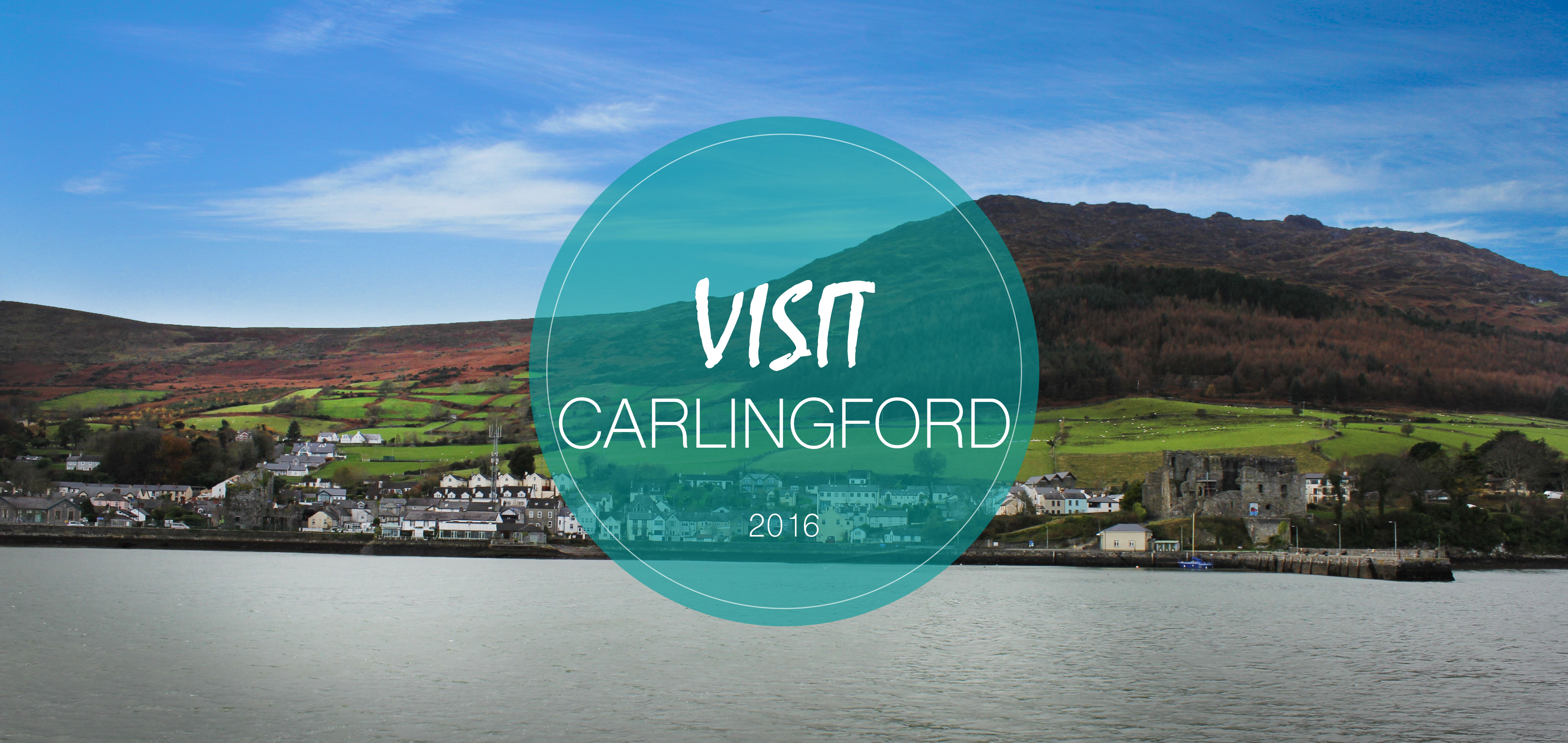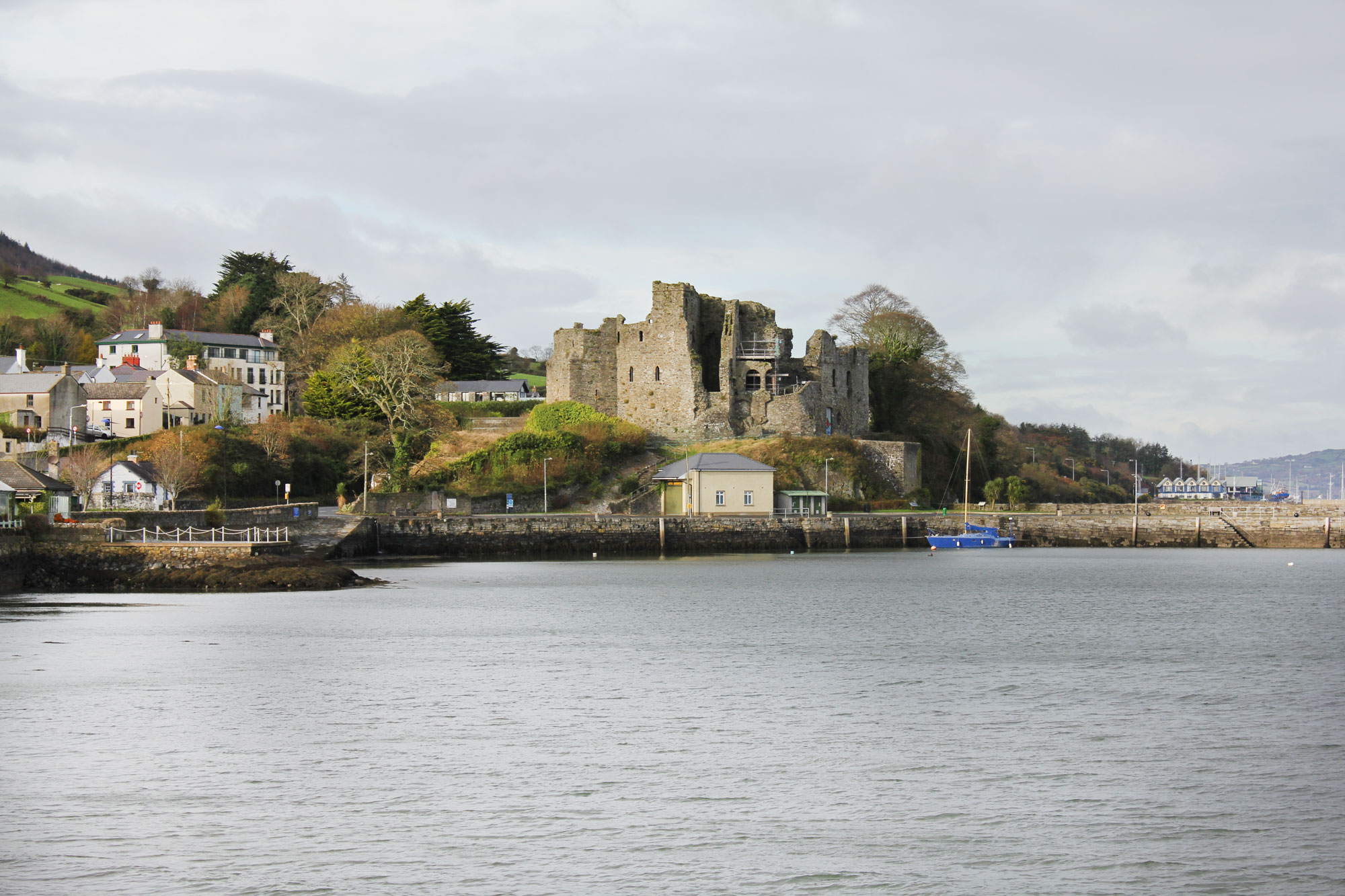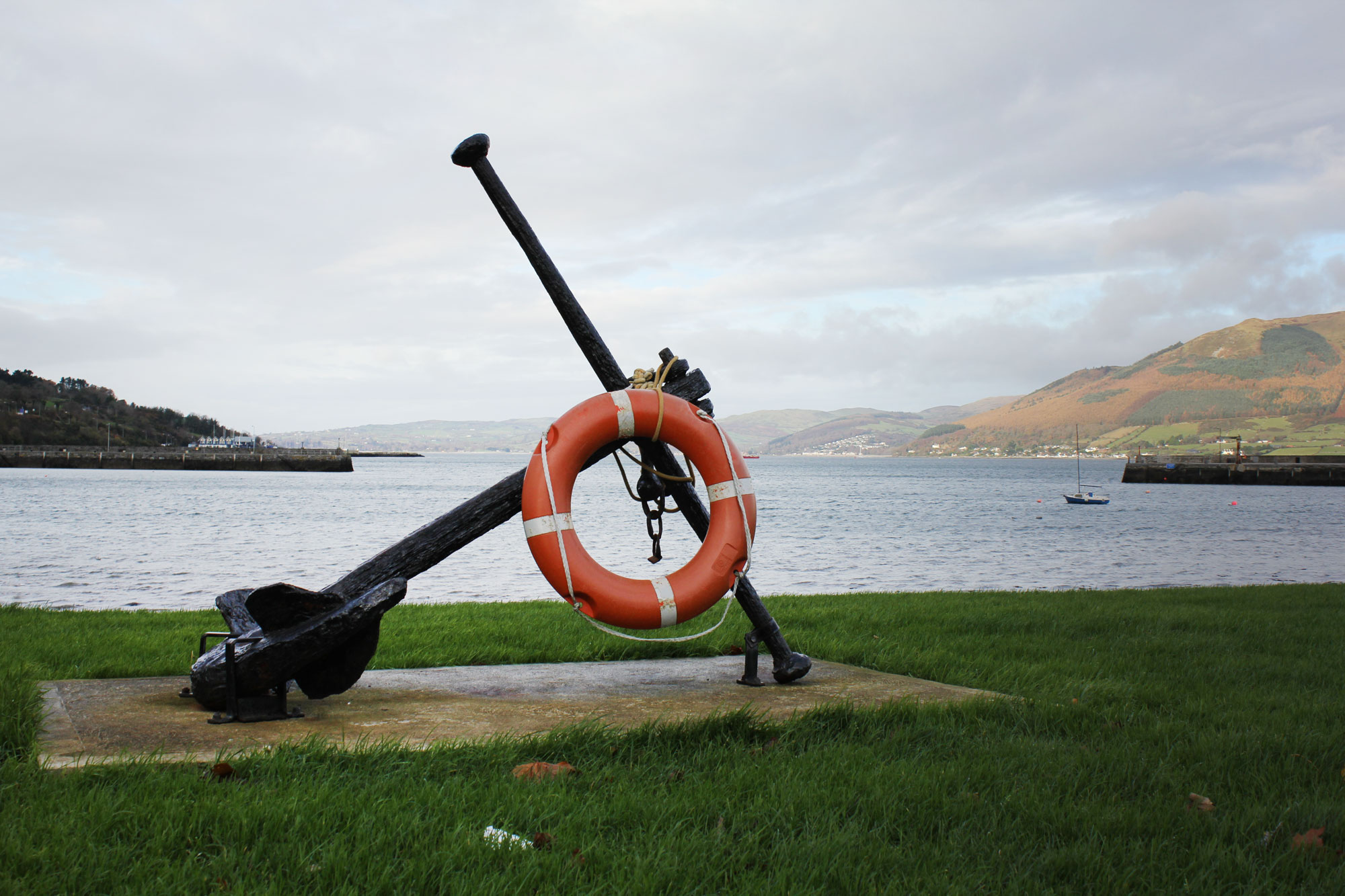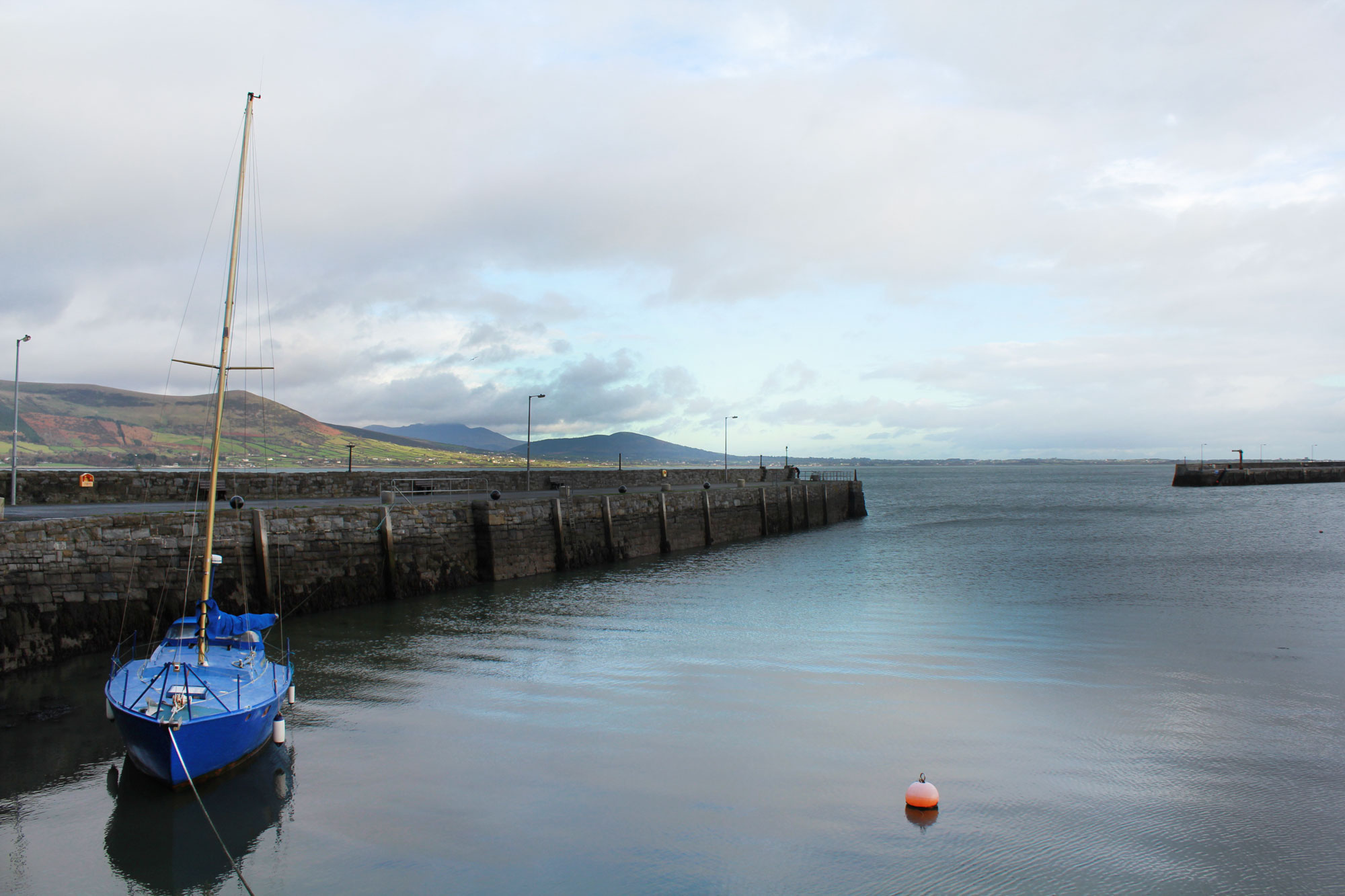

Carlingford and The Cooley Peninsula are situated in the north east corner of county Louth, midway between Belfast and Dublin. The area as a whole and Carlingford in particular has a rich historical heritage primarily because of the Tain Bo Culainge or the Cattle Raid of Cooley, an ancient Irish saga. The Cooley Peninsula is roughly divided along a north westerly/south easterly line with fine fertile soil to the south west and rugged mountain terrain to the north east, the Cooley Mountains (highest point Sleive Foy , 588metres) are ideal for walkers and hikers of all experience levels and form,and with Carlingford Lough dramatic views from wherever you are in the peninsula.

Carlingford and The Cooley Peninsula are situated in the north east corner of county Louth, midway between Belfast and Dublin. The area as a whole and Carlingford in particular has a rich historical heritage primarily because of the Tain Bo Culainge or the Cattle Raid of Cooley, an ancient Irish saga. The Cooley Peninsula is roughly divided along a north westerly/south easterly line with fine fertile soil to the south west and rugged mountain terrain to the north east, the Cooley Mountains (highest point Sleive Foy , 588metres) are ideal for walkers and hikers of all experience levels and form,and with Carlingford Lough dramatic views from wherever you are in the peninsula.

Carlingford and The Cooley Peninsula are situated in the north east corner of county Louth, midway between Belfast and Dublin. The area as a whole and Carlingford in particular has a rich historical heritage primarily because of the Tain Bo Culainge or the Cattle Raid of Cooley, an ancient Irish saga. The Cooley Peninsula is roughly divided along a north westerly/south easterly line with fine fertile soil to the south west and rugged mountain terrain to the north east, the Cooley Mountains (highest point Sleive Foy , 588metres) are ideal for walkers and hikers of all experience levels and form,and with Carlingford Lough dramatic views from wherever you are in the peninsula.




